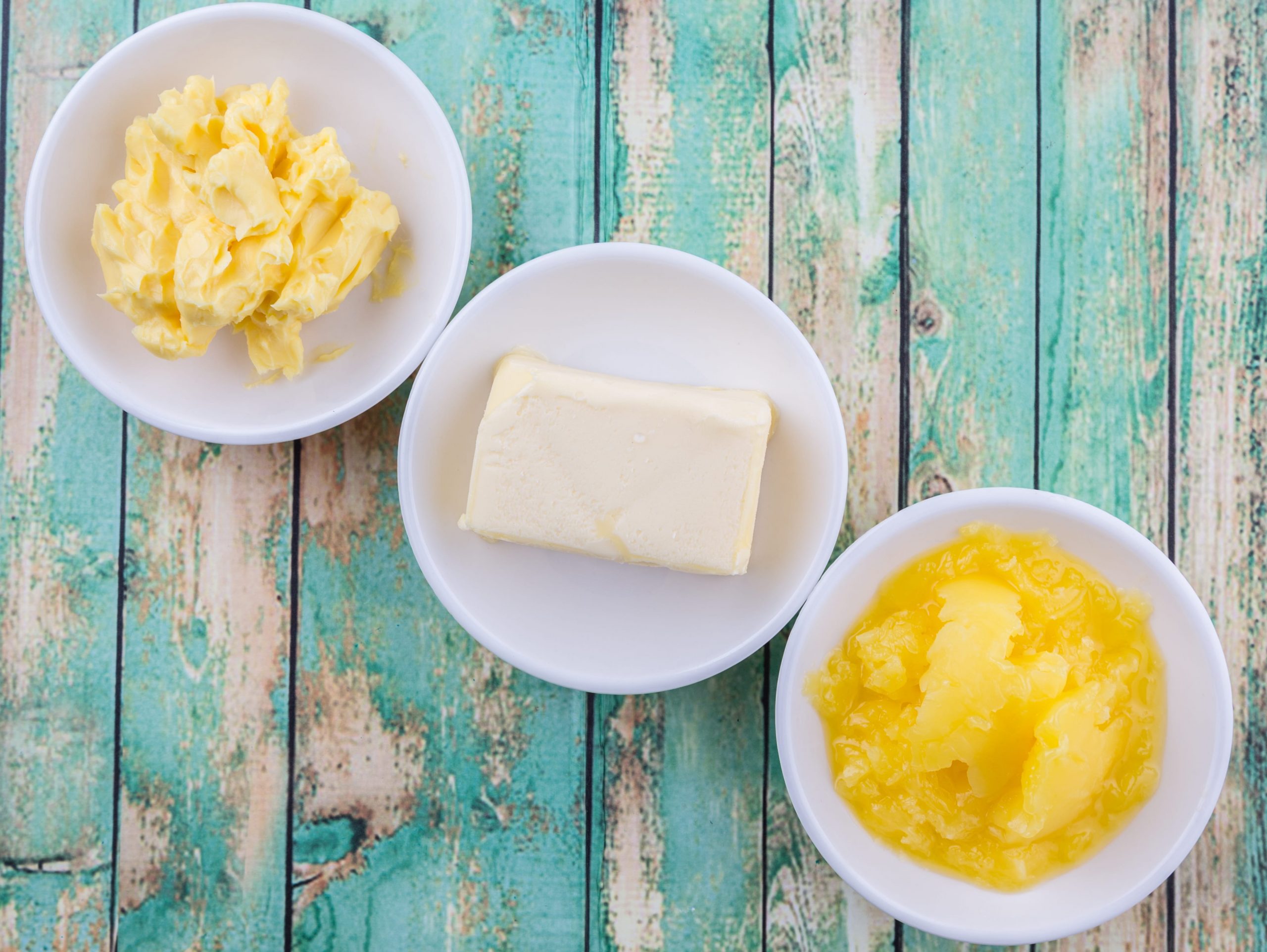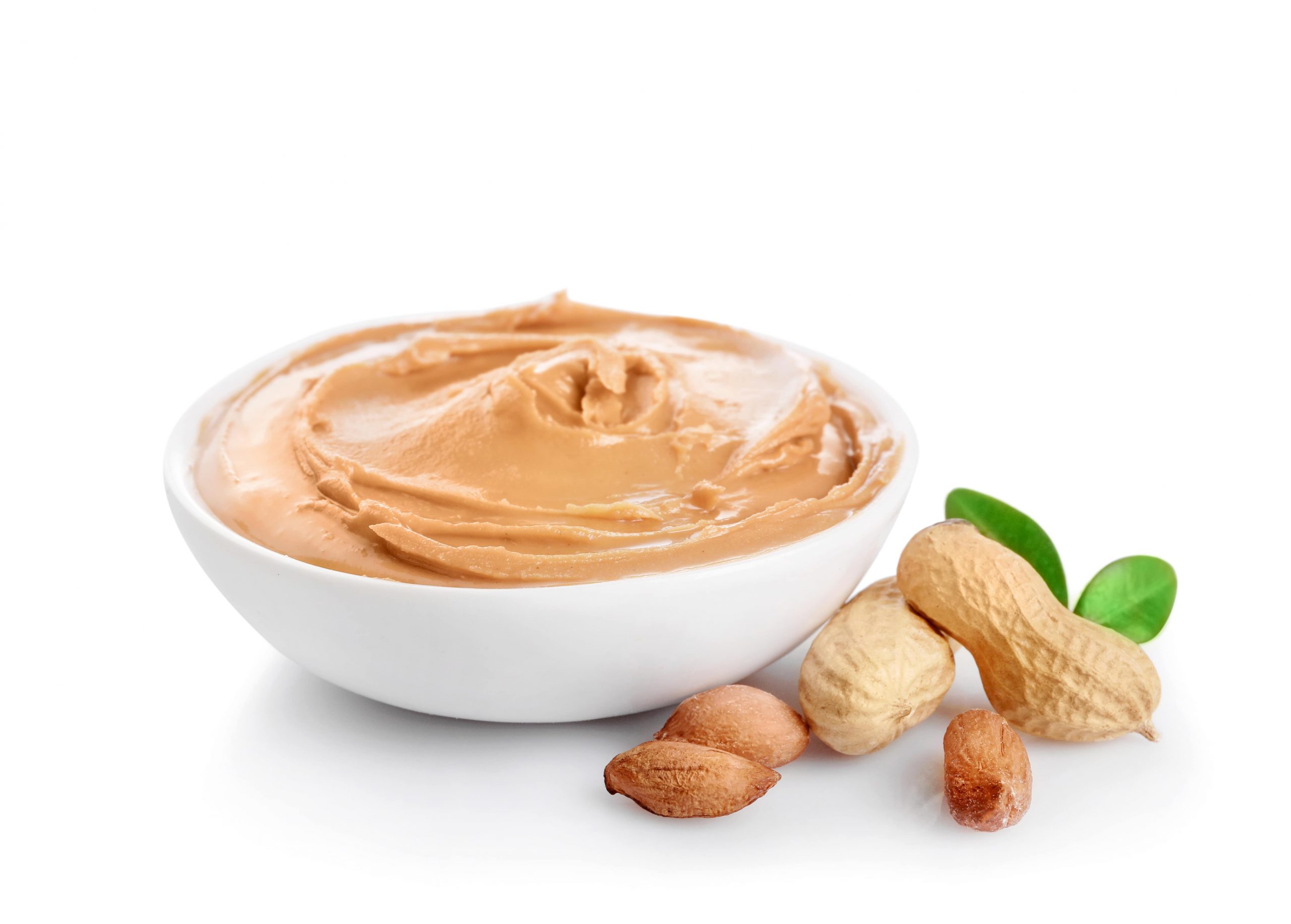Butter and margarine are two common kitchen samples. While butter comprises primarily saturated fats from dairy, margarine is majorly made of polyunsaturated fats from vegetable oils, although they may also have trans fats.
The 21st century has a lot of information, especially from the Internet. Still, the level of confusion also increases with so much misleading information. In fact, you may read about a particular topic on a certain web page and find contrasting information on the other pages. Butter and margarine are two kitchen samples that scientists don’t seem to agree on when it comes to the risk and advantages of consuming them. This article helps you understand what you need to know about the two, including their advantages and health concerns.
Understanding what butter and margarine are
Butter is a kitchen staple made from churned cream and is often used as a spread and for frying; and is also a major ingredient in baked products, sauces, and pasties. It has been there since the folk days, although the modern-day butter is highly modified. Since milk is one of the main saturated fat sources, butter is rich in saturated fats, hence the strict dietary recommendation to avoid its consumption since the 1970s. Generally, saturated fats have gathered a bad rap, and since they are closely linked to increased risk of heart disease, although no study has confirmed that they actually heighten the chances of getting heart disease.
Margarine is a highly processed food made to imitate butter. It is prepared from vegetable oils (polyunsaturated fats) and is also used for frying, spreading, besides being a major component in pastries and baked products. Since most polyunsaturated vegetable fats are liquid at the standard room temperature, the manufacturing process solidifies them by the hydrogenation process, forming unhealthy trans fats. Some manufacturers use another procedure known as interesterification, which forms little to no trans fats. Either of the processes increases the saturated fat content in the margarine. In addition, colorants and emulsifiers also form a major component of margarine.
Is butter consumption beneficial?
Despite the recommendation to avoid it because of its high unsaturated fat content, butter is beneficial to health and possesses some unique health gains barely present in other foods. For instance, grass-fed (not grain-feed) butter hasproven to be one of the healthiest foods because of the following reasons;
- Has vitamin K2, which is known to promote heart health and reduce osteoporotic risk, besides improving blood clotting in case of an injury.
- It is rich in more omega-3 fatty acids than omega-6, which is especially critical since omega- 6 is linked to inflammation.
- It is packed with butyrate, a branched-chain amino acid associated with improved digestion and reduced inflammation and weight gain.
- Has small proportions of conjugated linoleic acid (CLA) linked to reduced body fat percentage and anti-cancer properties, although these are yet to be confirmed by future studies.
Health concerns around butter consumption
Although butter may have the stated health benefits, its saturated fat concentration is a matter of concern.
a. The high saturated fat content
Most forms of butter have about 50% saturated fats, while water and unsaturated constitute the rest. Interestingly, saturated fats have gathered a bad rap, especially regarding their association with heart disease. Studies on this topic have released controversial results, which are also inconclusive. For instance, one study concluded that if a person reduces his saturated fat intake and substitutes it with unsaturated fats, he reduces heart disease risk by 17%, an effect that cannot be realized by replacing the fats with refined sugars and high-carb diets. Still, some studies hold that saturated fats do not affect the heart disease risk, despite increasing the disease’s risk factors like low-density lipoprotein (LDL) cholesterols and obesity. In addition, some research even links saturated fats to good heart health by changing LDL particles from small to large and dense and increasing the good cholesterol in the blood. Increase blood lipid levels may protect the heart. Because of the mixed views, more holistic and in-depth studies are needed.
b.The high cholesterol levels
Butter isn’t only rich in saturated fats but also cholesterol, which for a long time was mislabeled to increase heart disease risk. However, modern studies have shed light on this topic and have shown that dietary cholesterol isn’t necessarily harmful because when you get more from the diet, the blood produces less, keeping the ratio balanced. However, taking excessively high dietary cholesterol may slightly increase blood cholesterol levels, especially in people with hypercholesterolemia, a hereditary condition that extremely raises blood cholesterol levels.
Are there any benefits in consuming margarine?
Although margarine is feared because of the saturated and trans fats, it also has health benefits. For instance, since most of them are unsaturated fats, specifically polyunsaturated ones, they are closely linked to heart health, especially when they replace saturated fats. One study even claimed that such substitution reduced heart health by 17%. Besides, since margarine is made from vegetable oils with phytosterols, it boosts the body’s stenols and sterols’ count, which lowers bad cholesterol levels.
The risks of taking margarine
Margarine consumption also has health concerns, especially because of the trans fats and omega- 6 content. Hydrogenation solidifies vegetable oil, forming trans fats in the process. Yet, the fats are unhealthy and may lead to weight gain, insulin resistance, inflammation, and increased heart disease risk. Besides, the unsaturated fats in margarine may include omega-6 fatty acids, a form of polyunsaturated fats known to increase the risk of obesity, heart disease, and inflammation. However, more studies are needed to prove that a relationship exists between the much-consumed omega- 6 fatty acids and heart disease.
Conclusion
Butter and margarine are two kitchen staples used for frying, spreading, and a major pastry and baked products component. Butter comprises saturated fats from dairy, while margarine consists of polyunsaturated fats from hydrogenated or interesterified vegetable oils. Besides, grass-fed butter is cherished due to vitamin K2 presence but feared since it’s high in saturated fats. On the other hand, margarine is appreciated for its polyunsaturated fat content but feared due to the possibility of trans fats and omega- 6 fatty acids.
- Bell Peppers 101: Nutrition Facts and Health Benefits - April 19, 2024
- Products That Assist with Stress Relief - September 21, 2023
- TRÈFLE – THE ROAD TO THE 15TH - July 29, 2023









